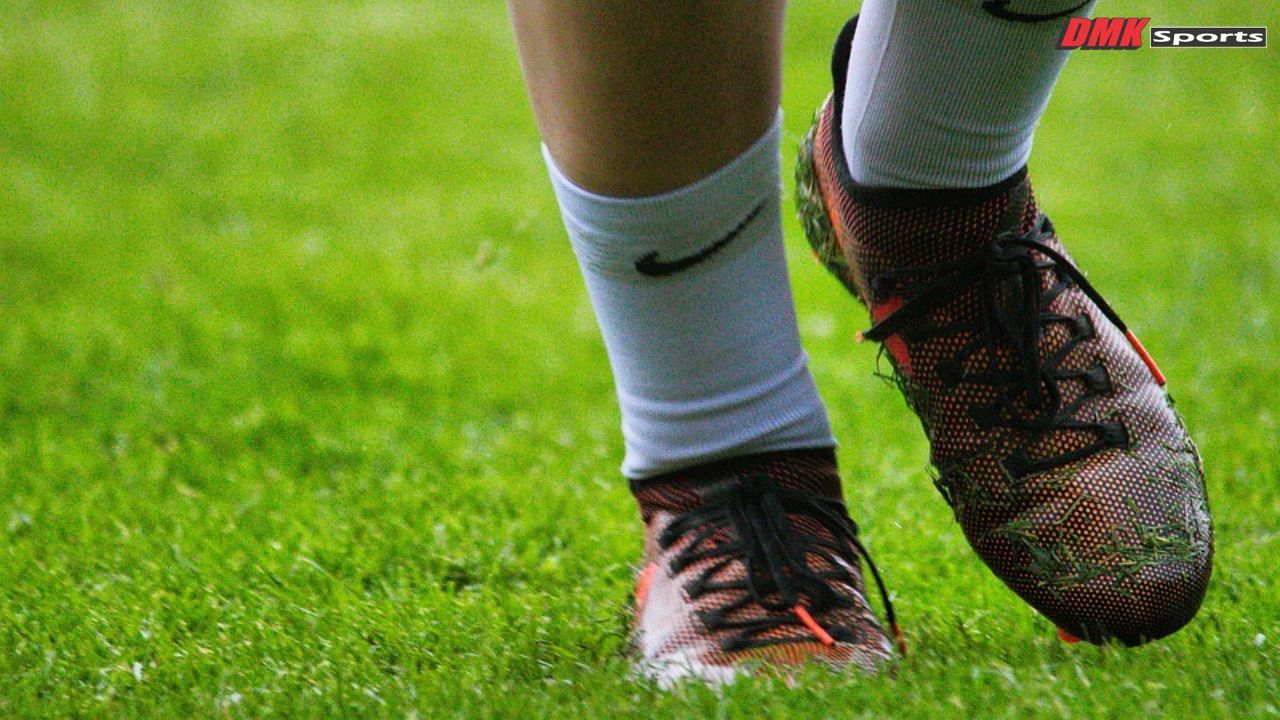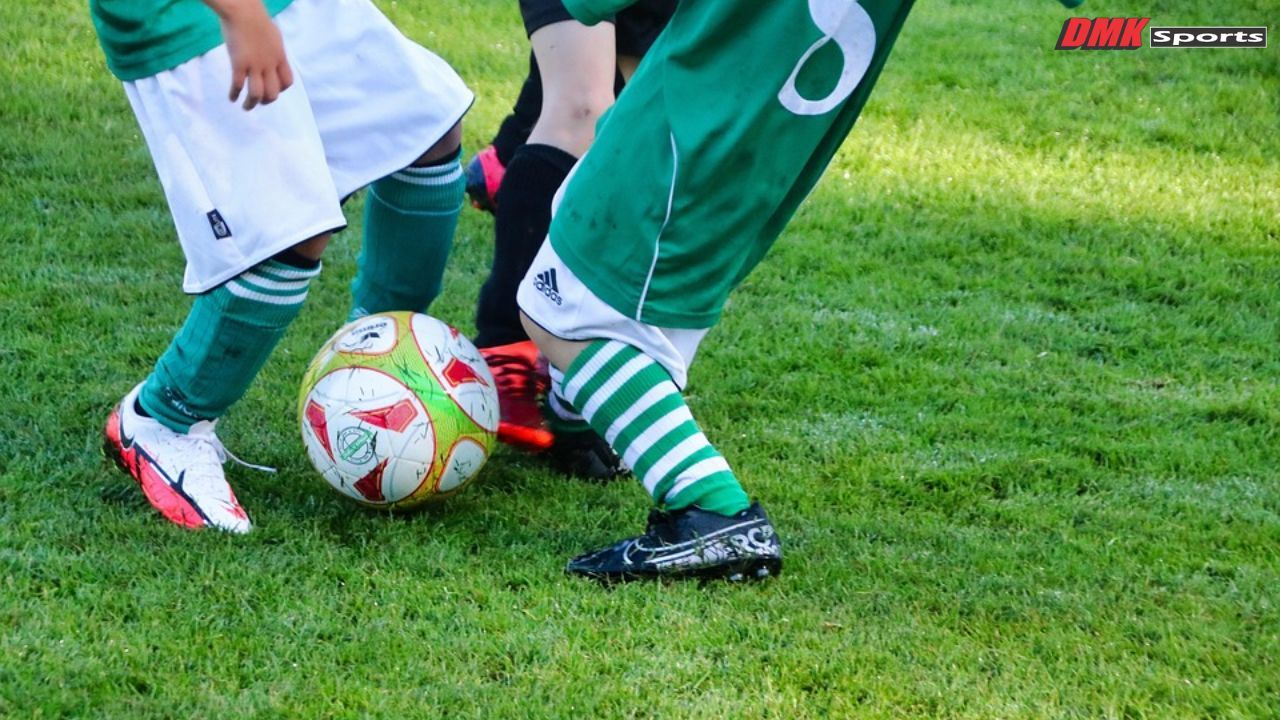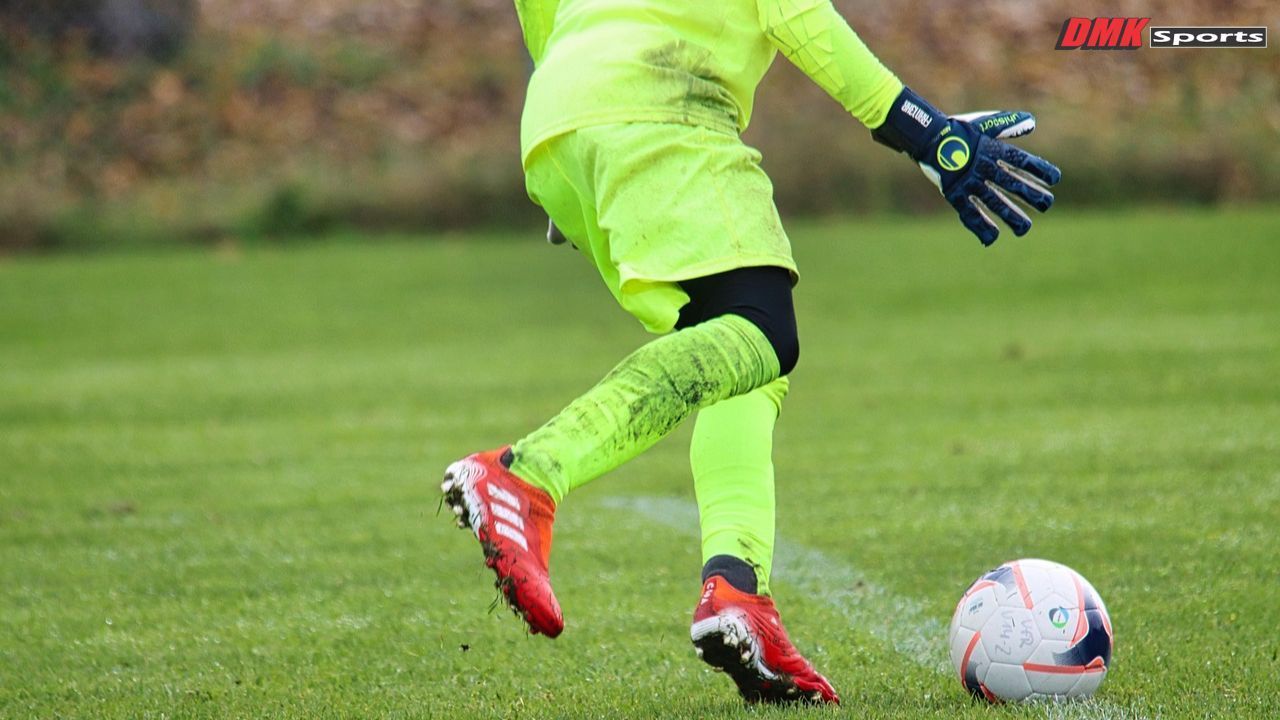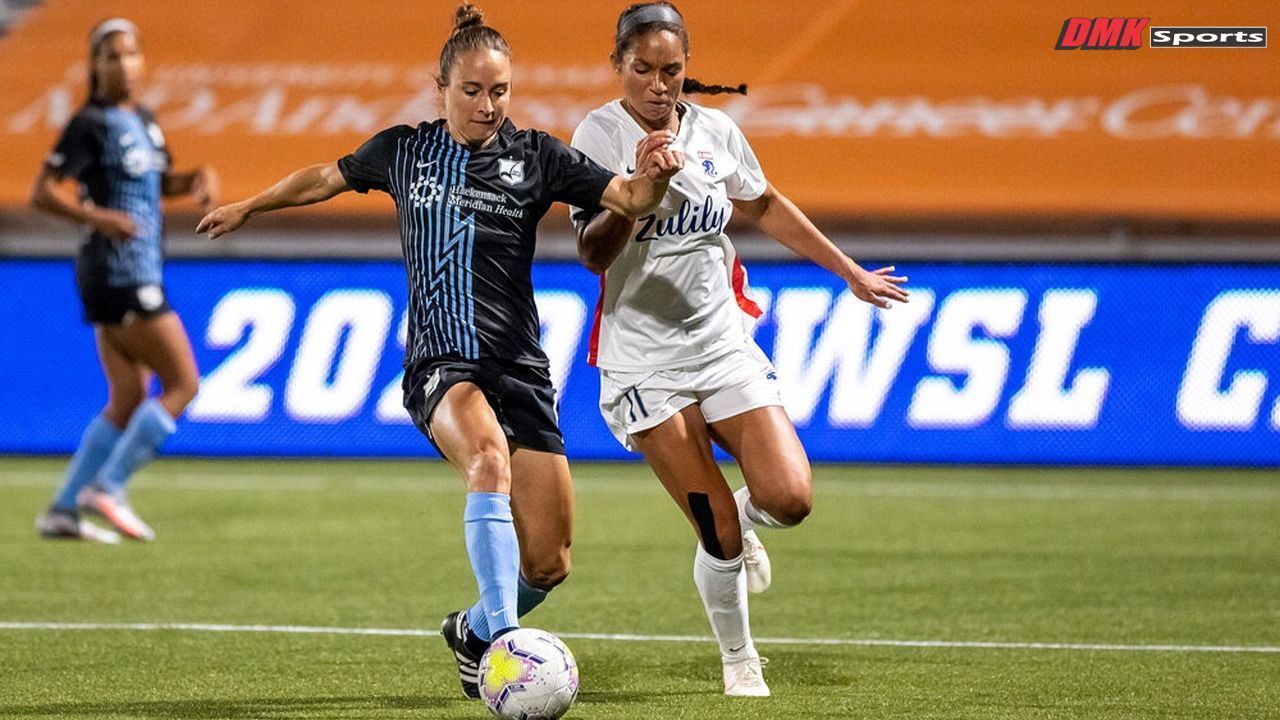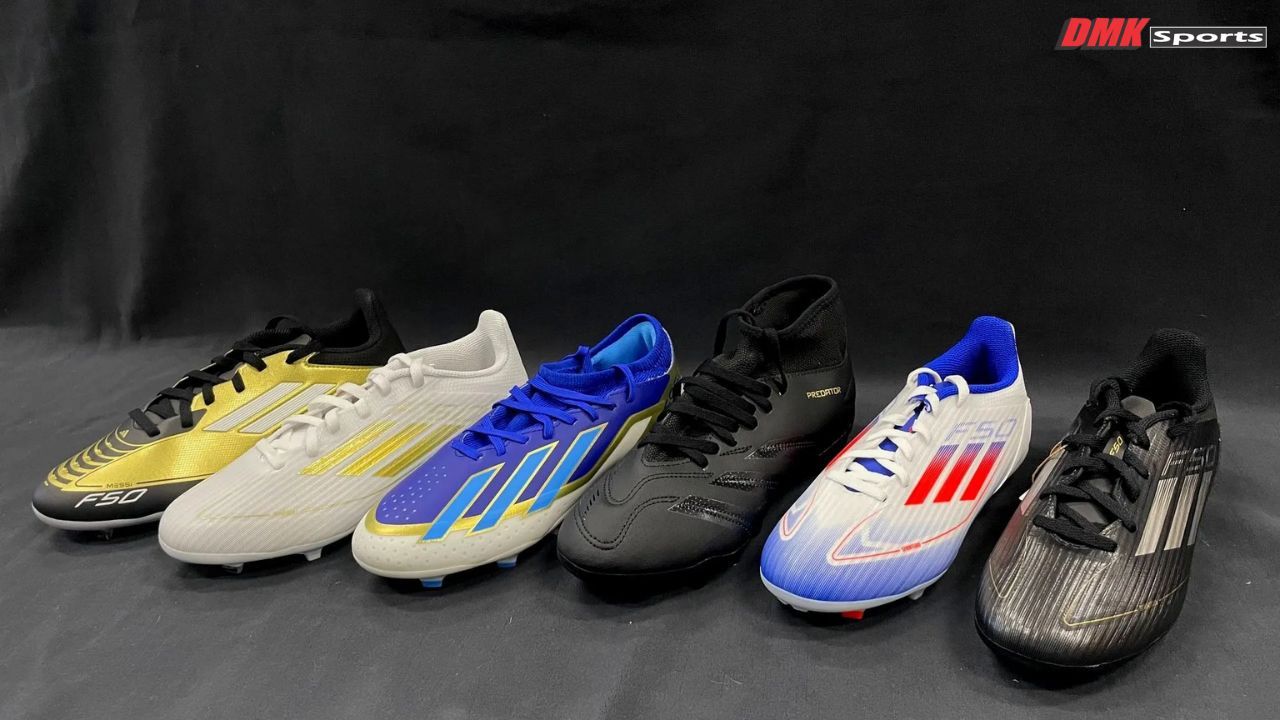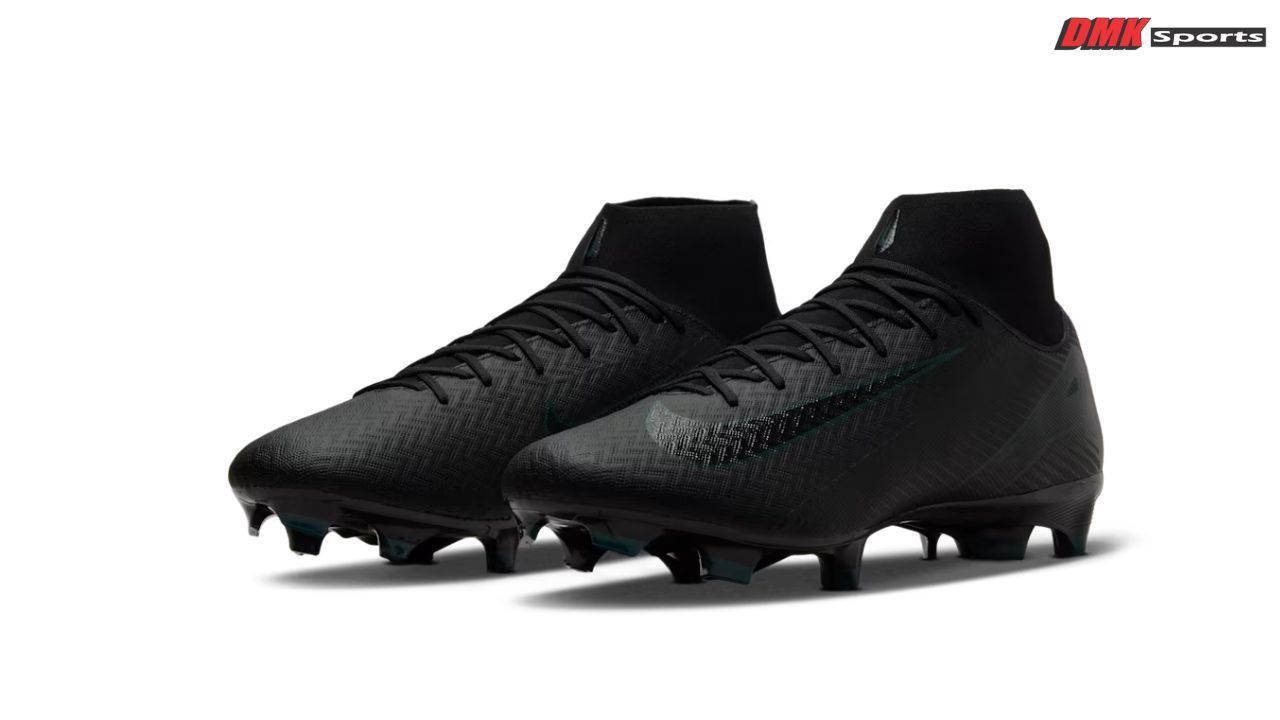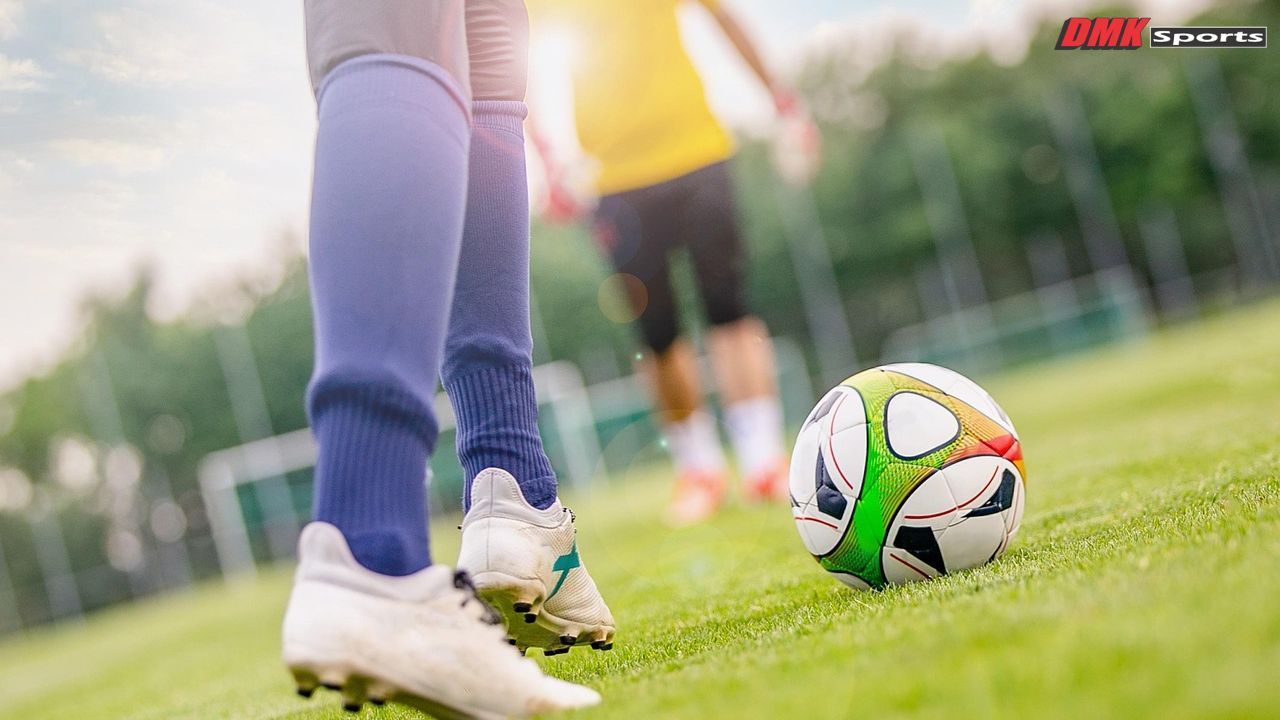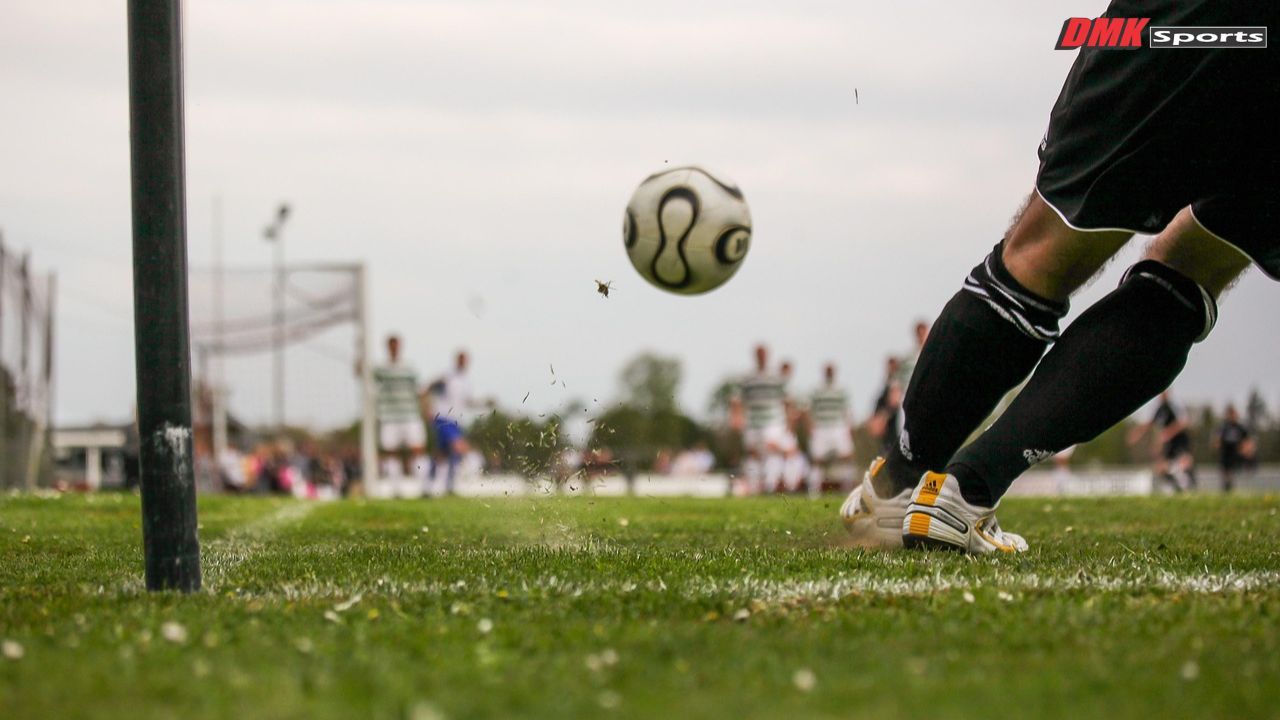What Soccer Cleats Have the Best Support? A Guide for Stability & Comfort

When you’re on the pitch, your soccer cleats aren’t just shoes, they're tools that can make or break your performance.
If you're wondering what soccer cleats have the best support, you're not alone. Whether you're defending, sprinting down the wing, or making sudden pivots, foot and ankle support can make the difference between a goal and an injury.
While many players focus on traction or style, support should come first especially for young athletes and defenders. Proper cleats reduce injury risk, enhance balance, and offer game-long comfort
Key Features That Define Supportive Soccer Cleats
Support in soccer cleats is determined by a few core design features:
- Ankle Structure: High-cut or mid-cut cleats offer more stability around the ankle.
- Arch Support: A molded footbed with added heel or midsole reinforcement is usually present in arch support soccer cleats.
- Stud Configuration: Helps distribute pressure evenly across the foot.
- Material Flexibility: A cleat that molds to your foot shape provides a more secure, custom fit.
Note: These features are especially important for players recovering from injuries or those who play on uneven or firm ground.
Best Cleat Types Based on Position & Foot Structure
Not all feet or positions on the soccer field are the same. Here's a more detailed explanation:
- Defenders: Look for firm midsole and stable ankle support.
DMK Sports recommends options like the Adidas Predator series.
- Strikers: Lightweight models with balance and a snug fit.
- Indoor Players: Require more grip for smoother indoor playing surfaces and cushioned soles.
Tip: If you're focused on ankle reinforcement, go for high-top designs with a sock-like upper.
Top Features in Soccer Cleats with Ankle and Arch Support
For those specifically looking for ankle support soccer cleats or best arch support soccer cleats, focus on:
- Demi-cut collars or high-cut socks: Provide extra lock-in.
- Insole foam: Offers enhanced arch comfort for those with flat feet or plantar strain.
- Heel padding: Reduces slippage during explosive movement.
- Outsole design: Helps distribute weight evenly for more stability.
DMK Sports offers selections that meet these criteria, including original soccer cleats suitable for youth, women, and budget-focused players.
Which Materials Offer Better Support?
Support isn’t just about structure, it’s also about what the cleats are made from:
- Synthetic Uppers: Lightweight and form-fitting, better for tight support.
- Knit Collars: Provide natural ankle movement with snug lockdown.
- TPU Outsoles: Deliver firm grip with flexibility for rotation.
- Foam Midsoles: Add shock absorption, especially in arch-heavy designs.
Important: Choosing cleats with proper heel and arch material is critical for those with previous injuries or high-activity levels.
Common Support Issues in Soccer Cleats
According to multiple soccer cleat ankle support studies, common complaints include:
- Heel slippage during cuts
- Insufficient arch support in flat-footed players
- Painful ankle rolls due to low-cut designs
One quick solution? Use heel support inserts or insoles for knee support in cleats. DMK Sports offers soccer cleats that already come with enhanced insoles or are compatible with custom inserts.
Best Support Soccer Cleats for Women
Finding women's soccer cleats with ankle support can be challenging. Female athletes often require different cleat molds for heel and arch placement. At DMK Sports, options that balance light weight with strong grip are available with an option for further customization, answering your call for what soccer cleats have the best support.
The full selection of women’s cleats includes regular models and those designed for wide-width or narrow-footed players. Always choose cleats with anatomical soles and reinforced upper mesh for optimal comfort and control.
Best Supportive Cleats Under $60
If you’re shopping on a budget, DMK Sports carries a curated collection under $60.
Top options include:
- Nike cleats with ankle support under $60 (check seasonal stock)
- Adidas ankle support soccer cleats with high-top entry
- Youth-friendly cleats with heel and toe protection
These cleats balance quality with affordability, making them perfect for beginners or kids growing out of their gear quickly.
Cleat Designs & Aesthetics: Performance Meets Personality
Today’s supportive cleats are no longer boring. If you're looking for bright colored soccer cleats or soccer cleats with ankle support in orange and black, DMK Sports frequently updates their selection with new designs and vibrant styles.
From classic colored soccer cleats to custom colorways, you’ll find options that suit both your performance and personality.
More recommended reads:
Explore these curated guides and gear breakdowns:
- Best Soccer Cleats for Defenders
- Soccer Cleats for Strikers
- Complete Indoor Soccer Shoes Guide
- Benefits of Laceless Soccer Cleats
- Soccer vs Football Cleats
- Are Soccer and Football Cleats the Same?
Note: Each article supports better decision-making by matching cleats with your playing needs.
Final Thoughts
To answer the question, “what soccer cleats have the best support?.” is that the right pick will depend on your position, playing style, foot structure, and budget. Cleats with solid ankle design, quality insole, and snug upper material will always rank highest.
For a guaranteed mix of quality and affordability, DMK Sports remains a trusted option for finding cleats with good support. Be it for defenders, women players, kids, or others, you’ll find something you’ll love.

